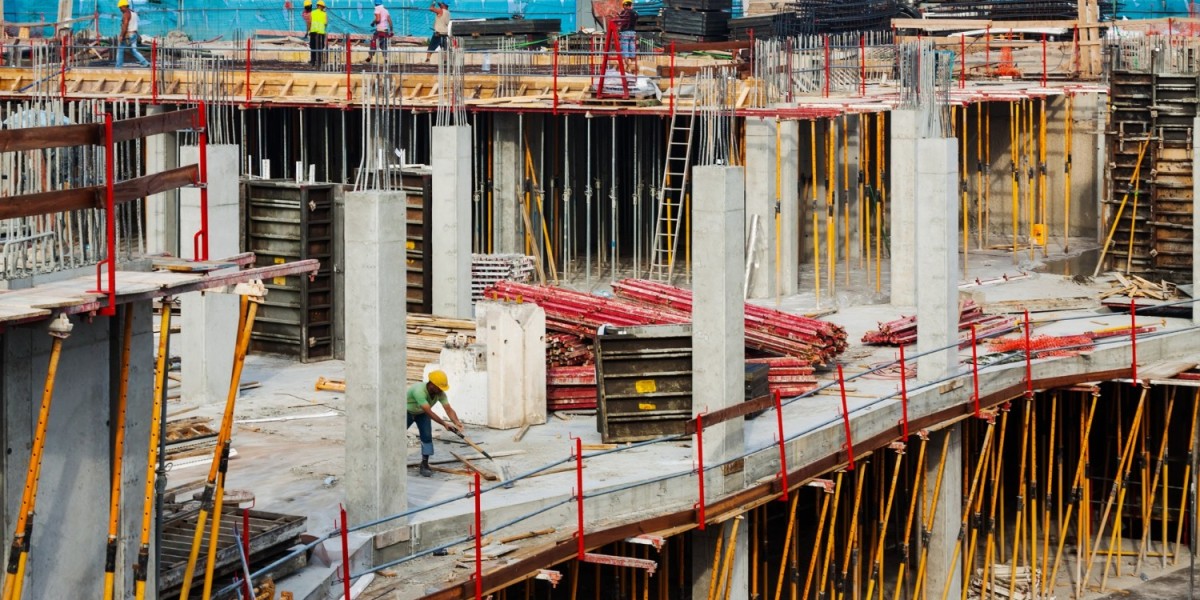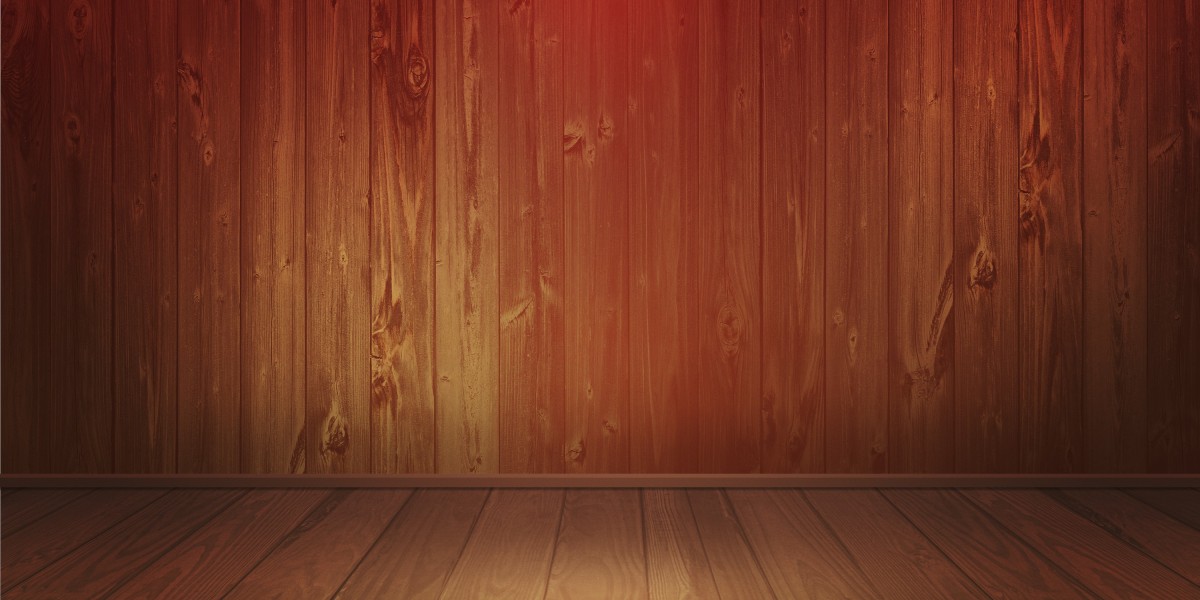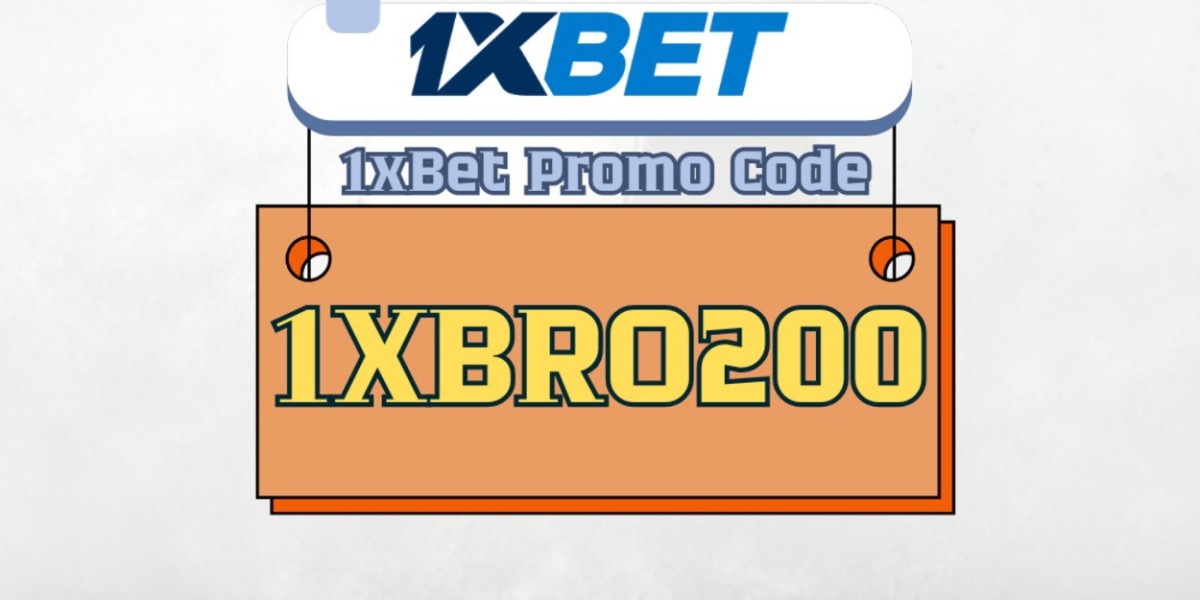Introduction
Mining is one of the most demanding industries in the world, where safety, efficiency, and durability are non-negotiable. As companies extract valuable minerals and resources, the stability of underground structures becomes crucial—not just for productivity, but also for the safety of workers. Among the many innovations that have reshaped underground construction, shotcrete mining stands out as a reliable method of providing immediate rock support and long-lasting tunnel stability.
Unlike traditional concrete applications, shotcrete is applied pneumatically, allowing it to bond seamlessly to uneven and complex rock surfaces. This technique has become the gold standard for reinforcing underground mines, reducing hazards, and ensuring smooth operations. Combined with complementary technologies like rock bolt grout, shotcrete mining creates a robust support system that addresses both geological challenges and operational needs.
In this blog, we’ll explore the importance of shotcrete in mining, how it works, its advantages over traditional support methods, and why it has become a cornerstone for modern underground projects.
What is Shotcrete in Mining?
Shotcrete refers to a method of applying concrete at high velocity through a hose and nozzle. Unlike conventional pouring, shotcrete is “sprayed” onto rock surfaces, allowing it to form a dense and durable layer of support.
Key Characteristics of Shotcrete:
Rapid Application: It bonds instantly, making it ideal for newly excavated tunnels.
Adaptability: Can cover irregular, vertical, or overhead surfaces.
Durability: Resistant to cracking and erosion under underground conditions.
Versatility: Works well in combination with anchors, mesh, and rock bolt grouting.
This flexibility makes shotcrete one of the most effective solutions for stabilizing underground mines immediately after blasting and excavation.
Why Shotcrete is Essential for Mining Safety
Mining environments are unpredictable, with unstable rock formations, vibrations from drilling, and exposure to water and gases. Without adequate support, tunnels are at risk of collapses that endanger workers and disrupt production.
Shotcrete addresses these challenges by:
Providing Immediate Rock Support – Freshly blasted rock is highly unstable. Applying shotcrete stabilizes the rock face quickly, minimizing risks of loose rock falls.
Preventing Long-Term Deterioration – Shotcrete shields rock surfaces from water ingress, chemical erosion, and natural wear.
Reducing Ground Pressure Risks – In deeper mines, high stress zones can lead to deformation. Shotcrete provides reinforcement that distributes stress evenly.
Enhancing Worker Safety – By securing the tunnel environment, shotcrete creates safer conditions for crews operating underground.
Types of Shotcrete Used in Mining
Shotcrete can be applied in two main forms, each suited to specific mining needs:
1. Dry-Mix Shotcrete
Dry ingredients are placed in a hopper and conveyed through a hose.
Water is added at the nozzle during application.
Best for small-scale projects or areas where mobility is limited.
2. Wet-Mix Shotcrete
Premixed concrete (with water) is pumped through the hose.
Air is added at the nozzle for spraying.
Ideal for large-scale mining projects due to efficiency and stronger adhesion.
In both cases, shotcrete is often combined with rock bolts and grout to form a comprehensive underground support system.
Advantages of Shotcrete Over Traditional Methods
Mining companies once relied heavily on timber and steel supports, but these methods had limitations in durability and cost. Shotcrete provides a modern alternative with several benefits:
Speed: Shotcrete is faster to apply than erecting steel arches or placing timber supports.
Versatility: It adheres to complex shapes and surfaces without requiring formwork.
Reduced Costs: Longer service life and reduced maintenance lead to lower overall expenses.
Improved Safety: Creates a continuous protective shell rather than relying on isolated supports.
Compatibility: Works seamlessly with rock bolts, wire mesh, and grouting solutions.
The Role of Rock Bolt Grouting with Shotcrete
While shotcrete forms an external protective layer, rock bolt grouting provides internal reinforcement. Bolts are inserted into drilled holes within the rock, and grout is injected to secure them. Together, these methods create a multi-layered defense system:
Shotcrete: Stabilizes the surface and prevents rockfalls.
Rock Bolt Grout: Strengthens the rock mass internally, preventing fractures.
By integrating both, mining contractors achieve maximum tunnel safety and stability. This is why many projects turn to providers like Altecrete for complete solutions that combine shotcrete, grout, and equipment.
Equipment and Technology in Shotcrete Mining
Modern shotcrete application requires advanced machinery for efficiency and precision. One example is the Mincreter machine, which allows for consistent and rapid application, even in challenging underground environments.
Benefits of Advanced Shotcrete Equipment:
Consistent mix and spray quality.
Faster coverage of large tunnel sections.
Reduced rebound (wasted material during spraying).
Enhanced safety by reducing manual labor in hazardous areas.
By leveraging cutting-edge equipment, contractors save time, reduce costs, and improve the overall quality of their tunnel support systems.
Case Study: Improving Safety in Deep-Level Mining
In deep-level gold mines of South Africa, rock bursts and collapses are a constant hazard. By implementing shotcrete mining methods alongside rock bolt grouting, contractors were able to:
Reduce rockfall incidents by over 60%.
Increase tunnel lifespan, minimizing costly repairs.
Improve worker confidence and safety standards.
This case underscores the tangible benefits of investing in shotcrete technologies and skilled application teams.
Future Trends in Shotcrete Mining
As mining evolves, shotcrete solutions are also advancing. Some emerging trends include:
Fiber-Reinforced Shotcrete (FRS): Enhances tensile strength and durability with steel or synthetic fibers.
Eco-Friendly Mixes: Sustainable shotcrete formulations that reduce carbon footprint.
Automated Application: Robotic spraying systems for greater precision and reduced human risk.
Smart Monitoring: Sensors embedded within shotcrete layers to monitor stress, cracks, and wear over time.
Mining companies adopting these innovations will benefit from greater efficiency, safety, and sustainability in their operations.
Conclusion
Shotcrete mining has become the cornerstone of underground safety and stability. Its ability to provide immediate support, adapt to complex rock formations, and integrate seamlessly with rock bolt grout makes it an invaluable solution for contractors worldwide.
By partnering with concrete and shotcrete specialists like Altecrete, mining companies can ensure their projects are built on a foundation of safety, efficiency, and durability.
As the industry continues to evolve, investing in shotcrete technology and expertise will remain essential for successful and sustainable mining operations.
Frequently Asked Questions (FAQ)
1. What is shotcrete used for in mining?
Shotcrete is used to stabilize underground tunnels and rock surfaces, providing immediate support after excavation and ensuring long-term durability.
2. What is the difference between dry-mix and wet-mix shotcrete?
Dry-mix shotcrete combines materials at the nozzle, making it suitable for smaller projects, while wet-mix shotcrete is premixed and better for large-scale applications.
3. Why is shotcrete better than traditional supports like steel or timber?
Shotcrete is faster, more adaptable, and longer-lasting. It provides continuous protection across tunnel surfaces, reducing risks of rockfalls compared to isolated supports.
4. How does rock bolt grout work with shotcrete?
Rock bolts are drilled into the rock and secured with grout, reinforcing the rock internally. Shotcrete adds a surface layer of protection, and together they create a stronger support system.
5. Can shotcrete be applied in all types of mines?
Yes, shotcrete can be applied in various mining environments including gold, coal, and platinum mines. Its adaptability makes it suitable for diverse geological conditions.
6. What future innovations are expected in shotcrete mining?
Future developments include fiber-reinforced mixes, eco-friendly formulations, robotic application, and smart monitoring systems for real-time safety insights.






